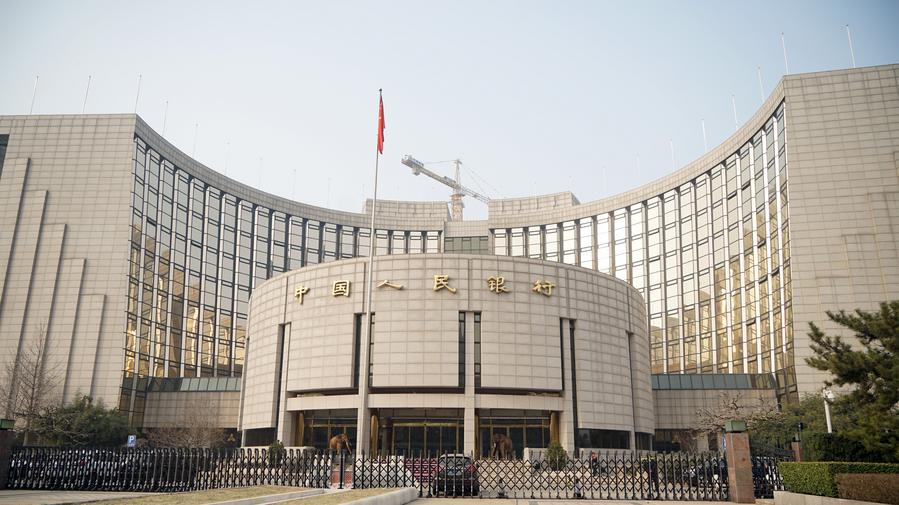
 0 Comment(s)
0 Comment(s) Print
Print E-mail Xinhua, June 20, 2024
E-mail Xinhua, June 20, 2024

File photo shows the headquarters of the People's Bank of China in Beijing, capital of China. [Photo/Xinhua]
China will continue to keep its monetary policy accommodative as well as strengthen counter-cyclical and inter-temporal adjustments, the central bank governor said Wednesday.
The move will help facilitate economic recovery and create a favorable monetary and financial environment for economic and social development, said Pan Gongsheng, governor of the People's Bank of China (PBOC), at the 15th Lujiazui Forum held in Shanghai.
Looking ahead, while undergoing continued recovery, the Chinese economy is still confronted with some challenges, as the effective demand is still insufficient; there are blockages to domestic economic circulation, and the complexity, severity, and uncertainty of the external environment have risen significantly, he said.
Since the beginning of this year, the global inflation has started to cool down, but it is still strongly sticky, Pan said, adding that some central banks such as the European Central Bank have begun their rate cuts while some others are still observing the developments and may cut rates later this year.
On the whole, central banks remain unchanged with their high interest rates and restrictive monetary policy stance, while China differs somewhat from them, Pan said. "Our monetary policy stance is accommodative, providing financial support for the continuous economic recovery."
Pan said the PBOC has adopted a variety of monetary policy instruments, such as cutting the required reserve ratio and policy rates, and bringing down market rates such as the loan prime rates, which created a favorable monetary and financial environment for the high-quality development of the economy.
At May-end, the year-on-year growth rate of the aggregate financing to the real economy and M2 reached 8.4 percent and 7 percent, respectively, both higher than the nominal GDP growth rate in the first quarter of this year. The interest rate on new loans issued in May stood at a relatively low level of 3.67 percent.
Concerning the structure of money and credit, the PBOC gave full play to the role of macro-prudential policies and structural monetary policy instruments, Pan said.
"We have initiated the central bank lending for sci-tech innovation and technological transformation, which aims to enhance financial support for sci-tech innovation and equipment upgrading and renovation. We have launched a package of policies to support the real estate sector, including lowering the minimum down payment ratios for individual's commercial housing mortgages," Pan said.
Currently, China's outstanding balance of structural monetary policy instruments were valued at around 7 trillion yuan (983.7 billion U.S. dollars), accounting for about 15 percent of the balance sheet of the PBOC, Pan said, adding that the instruments were set to support key areas and weak links of the national economy, such as the development of micro and small businesses and green transformation.
The PBOC also seeks to regulate market behaviors, make better use of existing inefficient financial resources and enhance the efficiency of fund use, Pan said.
Go to Forum >>0 Comment(s)